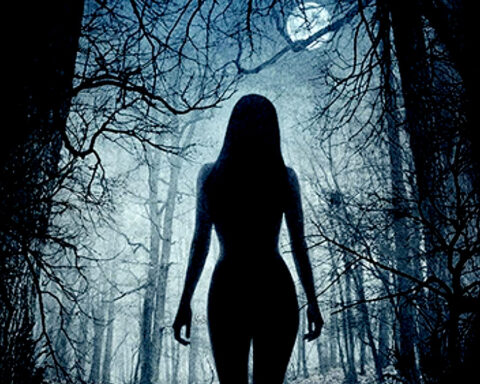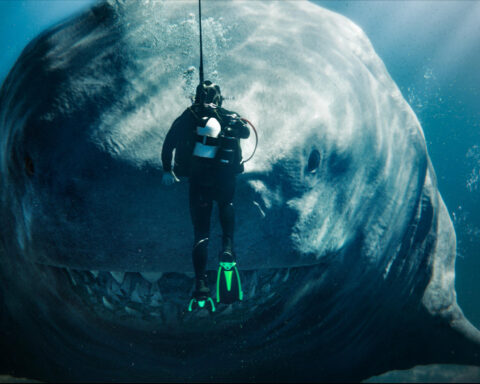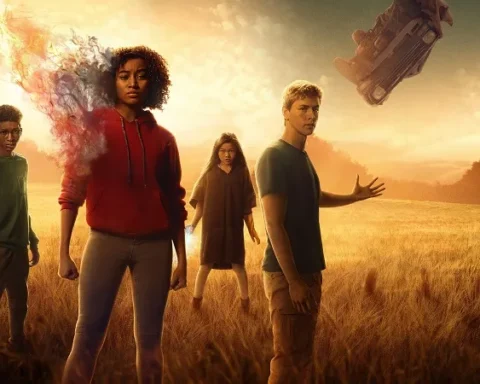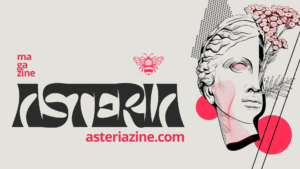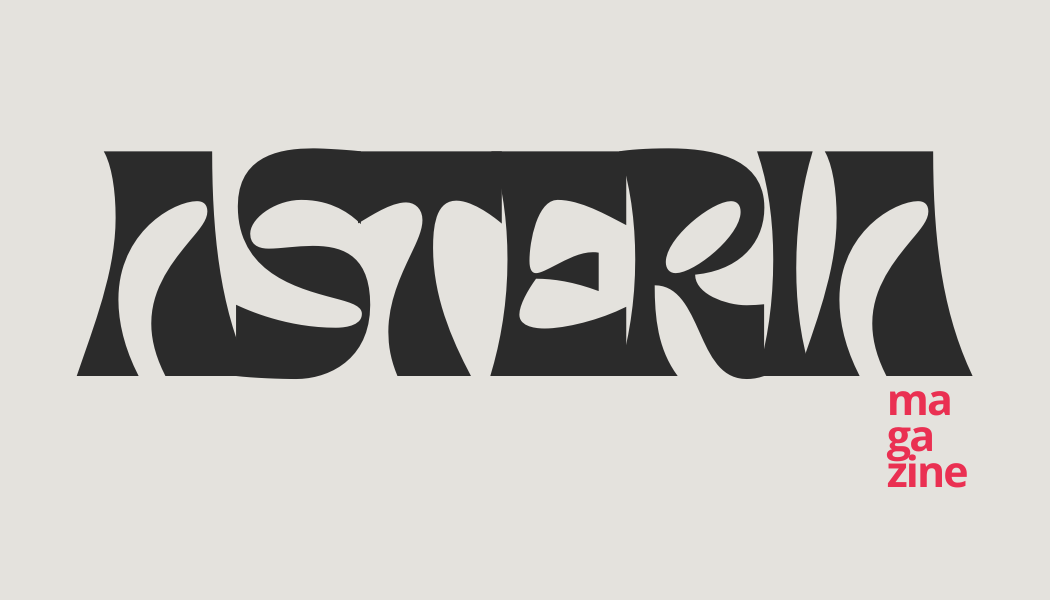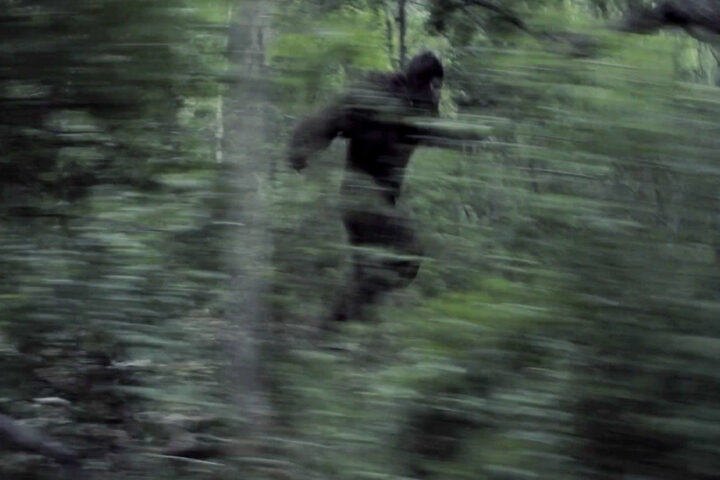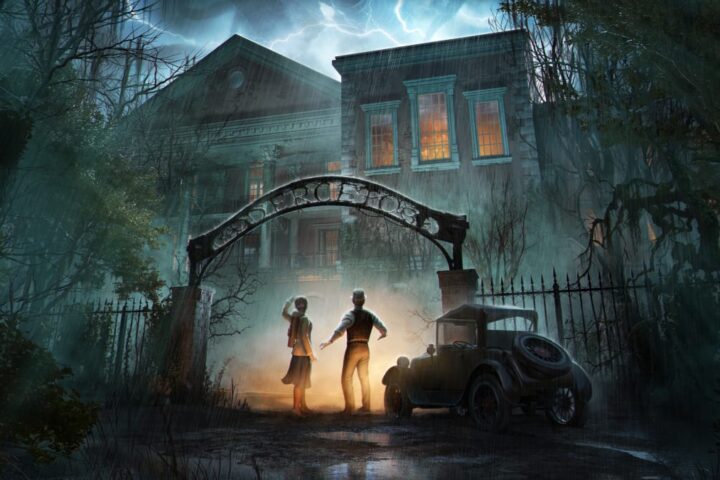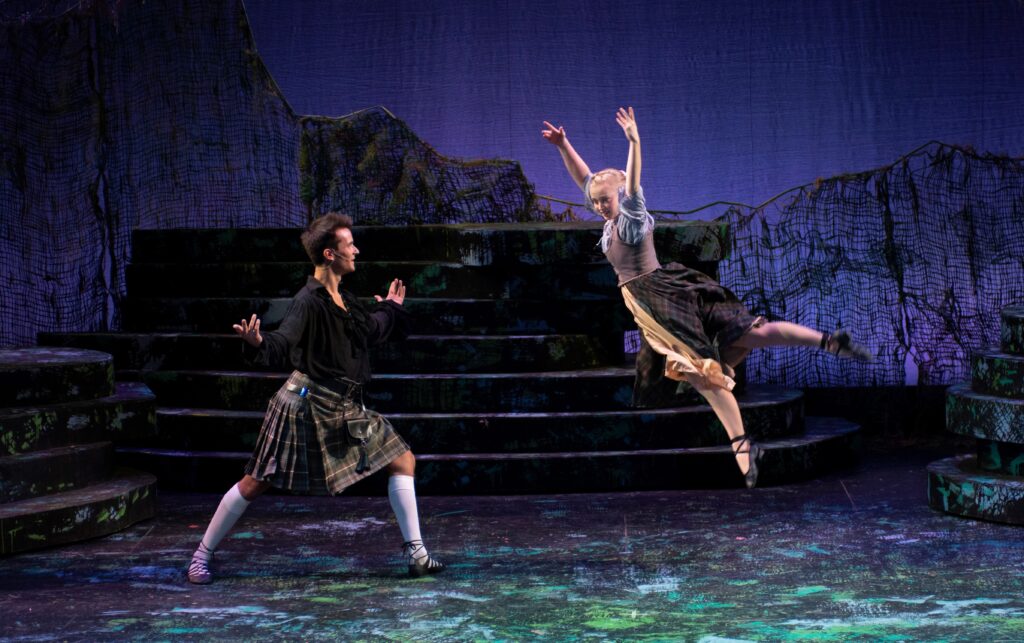“The Haunting,” directed by Jan de Bont and released in 1999, offers a modern spin on the classic gothic horror tale. Based loosely on Shirley Jackson’s novel “The Haunting of Hill House,” the film features an ensemble cast including Liam Neeson, Catherine Zeta-Jones, Lili Taylor, and Owen Wilson. Though it received mixed reviews upon its release, “The Haunting” remains a notable entry in the gothic horror genre for its ambitious special effects, atmospheric setting, and exploration of psychological themes. Here’s a closer look at what makes this film stand out.
Visual Spectacle and Special Effects
One of the most distinguishing features of Jan de Bont’s “The Haunting” is its use of special effects. The film was released at a time when CGI was becoming more advanced, and de Bont took full advantage of this technology to create an immersive and visually stunning experience. The haunted mansion, Hill House, is brought to life with elaborate set designs and digital effects that make the house itself feel like a living, breathing entity. From moving statues to ghostly apparitions, the visual effects add a layer of fantastical horror that is both captivating and unsettling.

Star-Studded Cast
The film boasts a strong cast, each bringing their unique talents to their roles. Liam Neeson plays Dr. David Marrow, a psychologist conducting a sleep study under false pretenses. Catherine Zeta-Jones portrays Theo, a glamorous and confident participant with a mysterious allure. Lili Taylor’s character, Eleanor Vance, is the emotional core of the film, offering a portrayal of vulnerability and inner turmoil. Owen Wilson provides a touch of comic relief as Luke, another study participant. The chemistry among the cast members enhances the story, making their interactions and experiences within Hill House more engaging.
Atmospheric Setting
Hill House itself is a character in the movie, and its design is integral to the film’s gothic atmosphere. The mansion is depicted as grand yet ominous, with dark hallways, hidden chambers, and intricate carvings. The production design and cinematography work in tandem to create a sense of dread and unease. The house’s vast, opulent interiors contrasted with its dark, foreboding aura serve as a perfect backdrop for the unfolding horror.
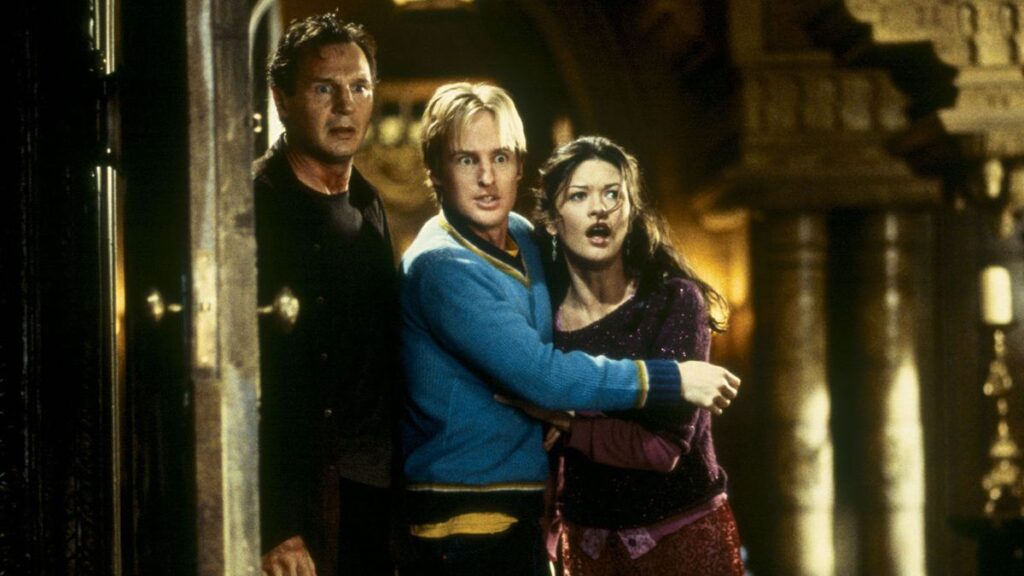
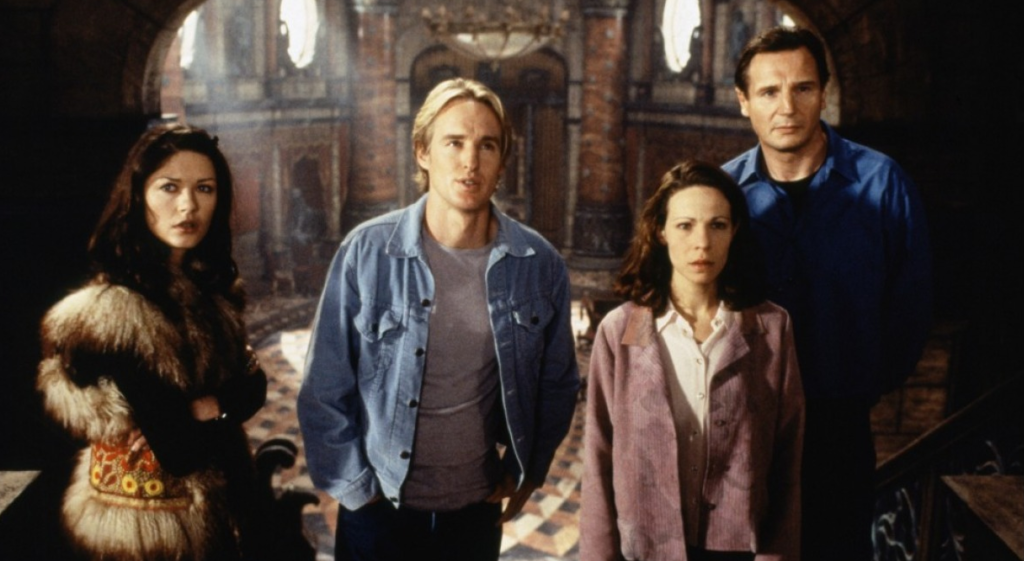
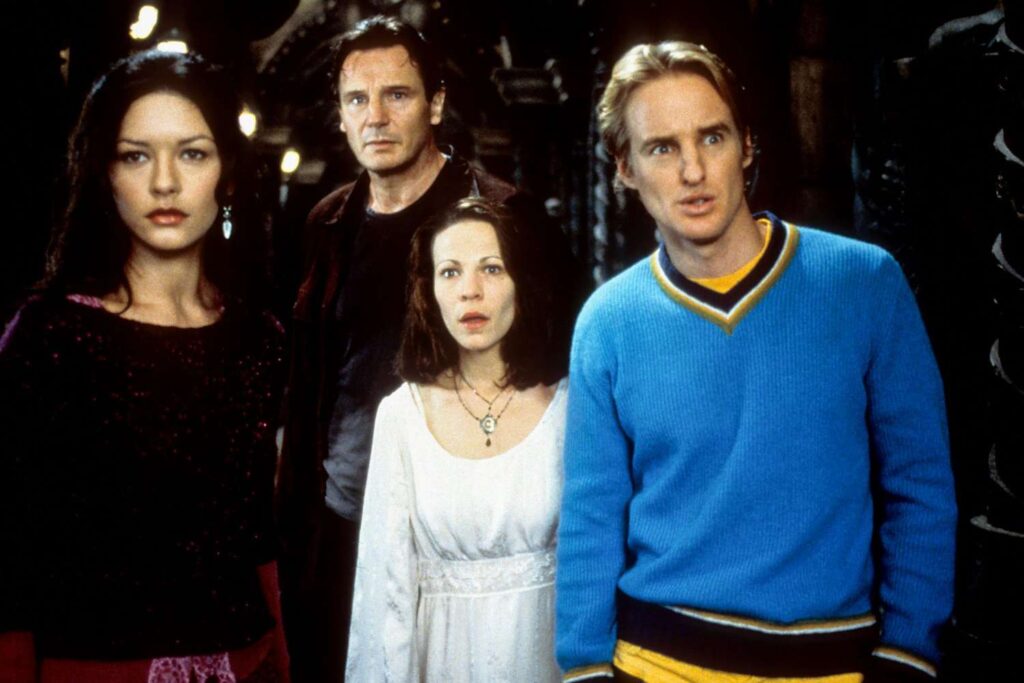

Psychological and Supernatural Elements
While Jan de Bont’s “The Haunting” incorporates more overt supernatural elements than its 1963 predecessor, it still delves into psychological horror. Eleanor’s character arc, in particular, is a study of isolation, grief, and mental instability. As the story progresses, it becomes increasingly ambiguous whether the horrors she experiences are real or manifestations of her troubled psyche. This blend of psychological tension and supernatural occurrences keeps the audience guessing and maintains a sense of intrigue.
Themes of Isolation and Fear
At its heart, “The Haunting” explores themes of isolation and fear. Eleanor’s longing for belonging and her susceptibility to the house’s malevolent influence make her a poignant and relatable character. The film also touches on the idea of confronting one’s deepest fears and the impact of past traumas. These themes are woven into the narrative, adding depth to the horror elements.
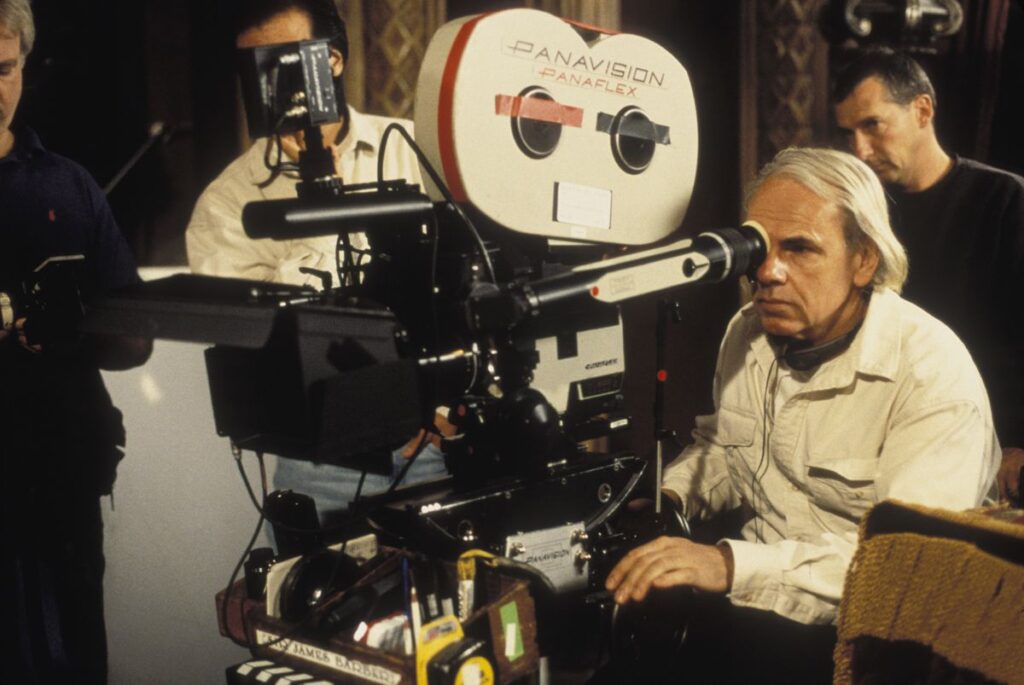
Critical Reception and Legacy
Upon its release, “The Haunting” received mixed reviews, with critics praising its visual effects and atmosphere but criticizing its deviation from the subtlety of Jackson’s novel. However, over time, the film has garnered a cult following and is appreciated for its ambitious attempt to blend traditional gothic horror with modern cinematic techniques.
In conclusion, Jan de Bont’s “The Haunting” is a visually striking and atmospherically rich film that offers a modern interpretation of classic gothic horror themes. Its use of special effects, star-studded cast, and exploration of psychological and supernatural elements make it a noteworthy entry in the genre. While it may not have achieved the critical acclaim of its 1963 counterpart, it remains a fascinating and entertaining film that continues to intrigue and haunt viewers.



